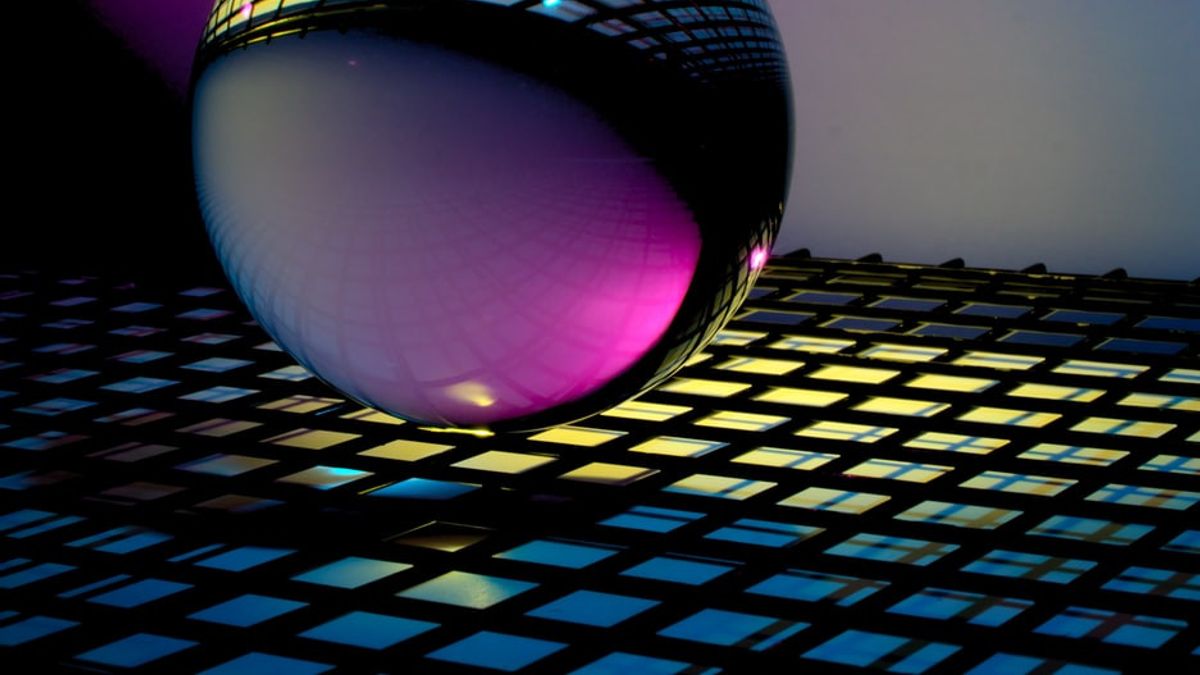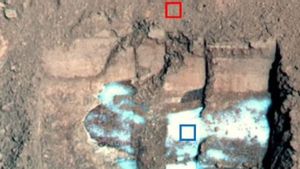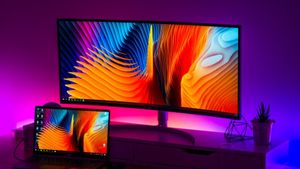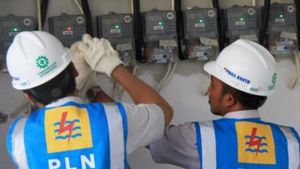JAKARTA - Maryland-based IonQ has launched a new type of chip in its bid to improve its kind of quantum computer technology. Its computer calculates using the quantum states of ions trapped electromagnetically in space near a chip.
The traps were previously made using a silicon chip manufacturing process, but the company has now turned to vaporized glass trapping technology as a way of building micrometer-scale features in the fused silica glass often used to make microfluidic chips.
The previous trapping technology, the company said, could not support IonQ's new quantum architecture, which is based on multiple ion-based qubit chains. Ultimately, IonQ executives say, the reconfigurable glass chip ion chain will enable computers with qubits of that number in three digits.
"The goal of an ion trap is to move ions around with precision, hold them in the environment, and get out of the way of quantum operations", Jason Amini, who leads the vaporized glass trap team at IonQ, told spectrum.com.
According to Amini, the 3D Glass and metal structure that the Amini team created did all three better than the previous chip. Electric fields that deviate from the charge on silicon-based chips can disrupt the fine quantum states of ions, reducing the precision of quantum computations.
"But the vaporized glass design is capable of hiding any material that can withstand the load", he says. The effect is a more stable trap that calculates better.
Another advantage, says Amini, is that traps can be set up to "get rid of" quantum operations. In an ion trap computer, the quantum state of the ion is manipulated by firing it with a laser.
"We had to bring a lot of laser light to the surface", Amini said. The glass chip "is shaped to allow the laser to enter and overcome the device".
SEE ALSO:
IonQ previously had a silicon ion trap built at Sandia National Laboratory in New Mexico. But IonQ wanted more control over the technology and the ability to iterate over designs more quickly, said CEO Peter Chapman.
With the vaporizing glass ion trap in hand, IonQ continued with a demonstration of their new quantum computing scheme, which Chapman calls the industry's first "reconfigurable multicore quantum architecture", or RMQA. But don't look for too much parallel between field-programmable gate arrays and multicore CPUs.
In this demonstration, IonQ works like this: The trap holds four separate chains of 16 ions in a line. Each chain can be moved into position to be manipulated by the laser, changing its quantum state or entangling groups of ions so that their quantum states are linked.
"Each chain, by itself, is a quantum computer", Chapman said. In addition, the two chains can be joined together to form a core that allows the qubits to be entangled throughout the chain (the reconfiguration part) until finally all the qubits can be connected to perform large and complex quantum operations.
It's not perfect, of course. Of the 16 ions, the technology yields 12 qubits, Chapman explains. The other four are "coolant" ions that correct imperfections during ion transport.
So the latest demonstration of IonQ yields 48 qubits. But it's easily expanded by extending the trap. And, because this is quantum computing, a little expansion goes a long way, adding substantially more capability with each added qubit.
"The architecture allows you to easily expand to hundreds of qubits on a single chip", said Chapman.
The next big leap will come from photonic interconnects that IonQ is developing to connect qubits on one chip to another. "Once you do the attachment, distance doesn't matter anymore", says Chapman. "Whether it's multiple chains on a chip or chip to chip, everything acts as if it's one big quantum computer".
The English, Chinese, Japanese, Arabic, and French versions are automatically generated by the AI. So there may still be inaccuracies in translating, please always see Indonesian as our main language. (system supported by DigitalSiber.id)



















